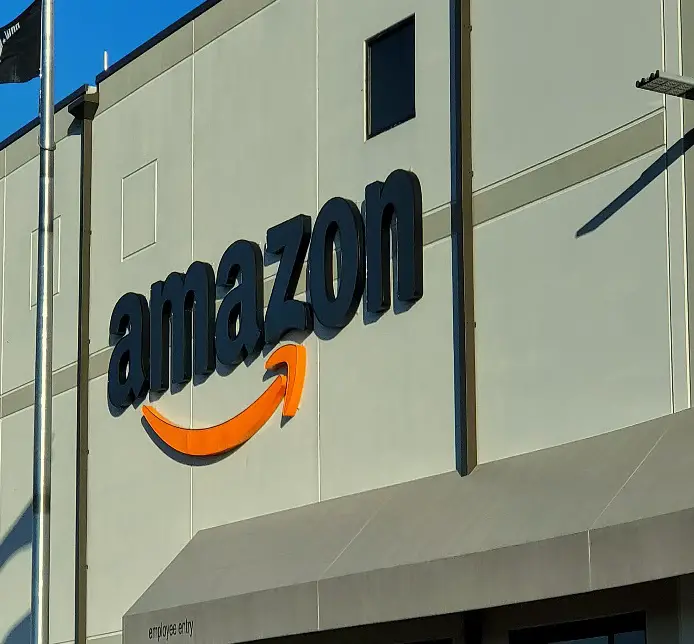Amazon (AMZN) released a mixed Q4 earnings report on February 2nd, in which the online giant beat on revenues but missed on both EPS and its Q1 guidance estimates.
The report showed net sales came in at $149.2 billion compared to a Bloomberg estimate of $145.8 billion. Q4 online sales came in at $64.5 billion, versus a Bloomberg estimate of $65.03 billion. Q4 physical store sales were $4.95 billion, compared to a $4.93 billion estimated. Q4 earnings per share were 3 cents, compared to a 17 cent expectation. Q4 Amazon Web Services Net Sales came in at $21.3 billion versus a $21.76 billion estimate. Q4 operating income was $2.7 billion versus $2.51 billion expected.
Shares fell 3% in after-hours trading on the report.
The miss on Amazon Web Sales rattled investors as the cloud division has been seen as among the most reliable part of Amazon’s business. However analysts point out that Microsoft had warned just last week in an earnings call that it was seeing a deceleration in cloud growth rapidly approaching.
Overall, Amazon saw a net loss of $2.7 billion in 2022, marking the first loss for Amazon since 2014, as well as the largest annual loss on the company’s record, according to Morningstar research.
Shares fell about 47% over the course of 2022, as digital advertising slowed, inflation rose, and interest rates were lifted. Amazon had grown rapidly during the pandemic, when people who were locked in at home flocked to the online marketplace. However as the pandemic passed, it was inevitable that the reduction in online shopping, combined with the rapidly growing economic uncertainty of 2022, would hit the company hard.
Although the company’s report held some disappointments, and Amazon is just coming off among Big Tech’s most notable layoffs, cutting 18,000 jobs, CEO Andy Jassy was upbeat in his statement, saying, “In the short term, we face an uncertain economy, but we remain quite optimistic about the long-term opportunities for Amazon. When you also factor in our investments and innovation in several other broad customer experiences (e.g. streaming entertainment, customer-first healthcare, broadband satellite connectivity for more communities globally), there’s additional reason to feel optimistic about what the future holds.”

